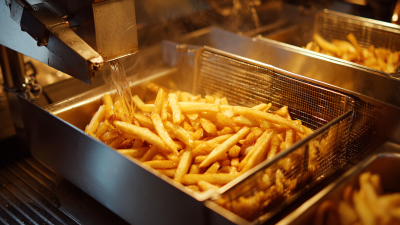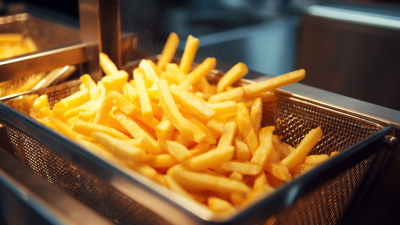
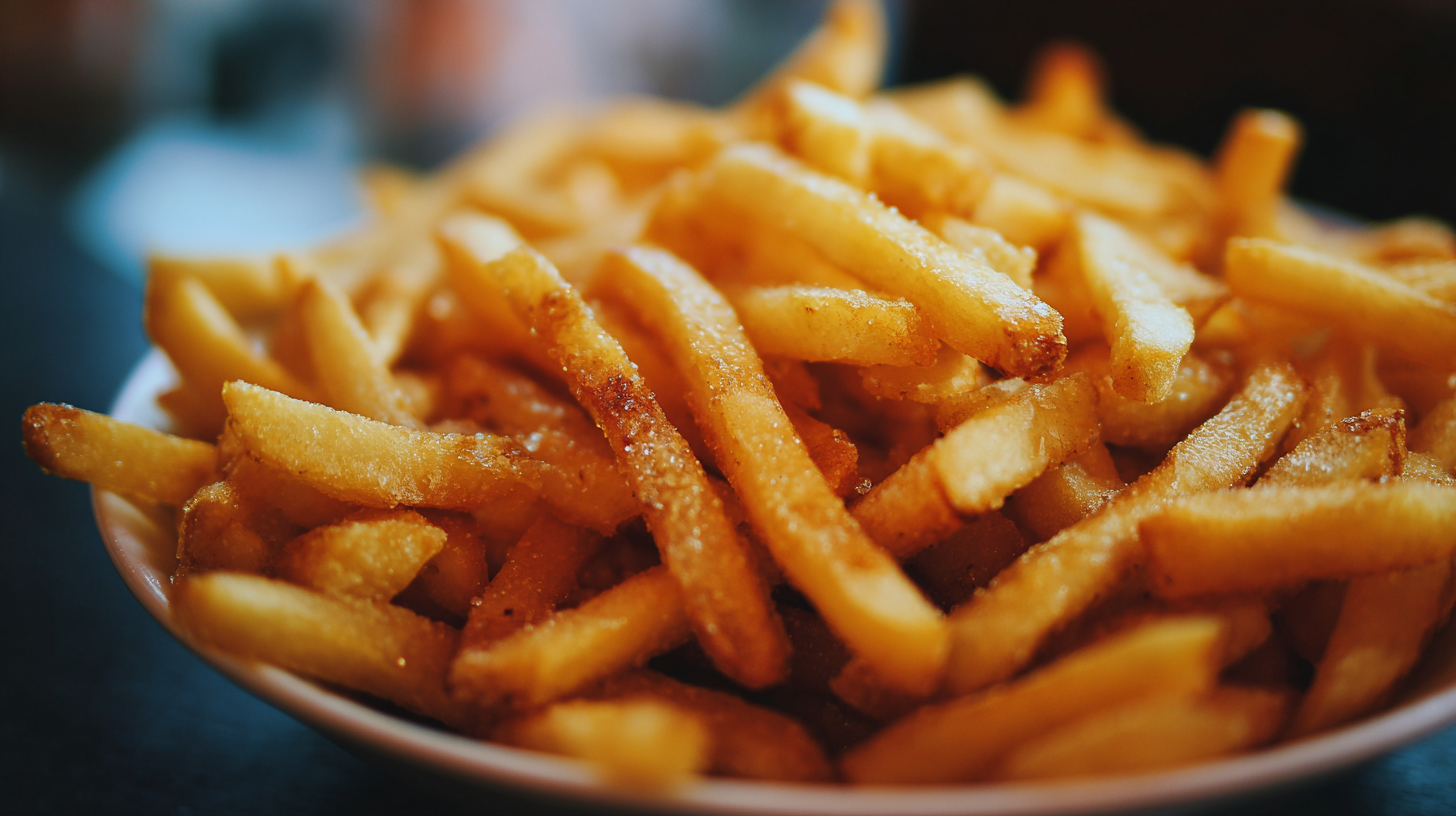 In the competitive landscape of the food service industry, maximizing efficiency is paramount for success, particularly in fast-paced environments like restaurants. A recent study by the National Restaurant Association reported that labor costs account for approximately 30% of a restaurant's overall expenses, which underscores the importance of streamlined operations. One strategic solution is the implementation of a French Fry Cutter Commercial, which not only enhances the speed of food preparation but also significantly reduces labor time associated with manual cutting. According to industry analyses, using a commercial French fry cutter can increase cutting efficiency by up to 50%, allowing staff to focus on other critical tasks while maintaining the quality of menu offerings. As operators look to optimize their workflows and improve profit margins, investing in advanced cutting technology emerges as a key driver of operational success.
In the competitive landscape of the food service industry, maximizing efficiency is paramount for success, particularly in fast-paced environments like restaurants. A recent study by the National Restaurant Association reported that labor costs account for approximately 30% of a restaurant's overall expenses, which underscores the importance of streamlined operations. One strategic solution is the implementation of a French Fry Cutter Commercial, which not only enhances the speed of food preparation but also significantly reduces labor time associated with manual cutting. According to industry analyses, using a commercial French fry cutter can increase cutting efficiency by up to 50%, allowing staff to focus on other critical tasks while maintaining the quality of menu offerings. As operators look to optimize their workflows and improve profit margins, investing in advanced cutting technology emerges as a key driver of operational success.
Utilizing a French fry cutter can significantly enhance the efficiency of restaurant operations, streamlining the preparation process while maintaining the quality of food served. These machines not only reduce the time spent on cutting potatoes, but they also ensure uniformity in size, leading to consistent cooking results. By investing in a commercial French fry cutter, restaurants can lower labor costs as fewer staff members are needed for food prep, allowing employees to focus on other essential tasks.
**Tips:** When selecting a French fry cutter, consider the build quality and ease of use to maximize productivity. Regular maintenance is key; proper cleaning can prolong the life of your cutter and ensure optimal performance. Additionally, training staff on how to use the equipment efficiently can lead to improved workflow and reduced waste.
By incorporating a French fry cutter into the kitchen, restaurants can boost their operational efficiency and improve overall service. Time saved on food preparation translates to faster order fulfillment, enhancing customer satisfaction. Moreover, consistent fry sizes lead to better frying results, ensuring that your customers enjoy perfectly crispy fries every time they order.
When evaluating labor costs in a restaurant setting, the choice between manual and commercial French fry cutters can significantly impact both efficiency and expense. Manual cutting demands more time and labor, which can quickly add up, particularly during peak hours when speed is critical. Staff trained to slice potatoes into fries may require significant time for preparation, leading to delayed service and potential customer dissatisfaction. This reliance on manual labor increases the risk of inconsistent fry sizes, which can affect cooking times and overall product quality.
In contrast, commercial French fry cutters are designed to maximize productivity while minimizing labor costs. These machines can swiftly produce uniform fries, reducing the cutting time significantly compared to manual methods. With a commercial cutter, restaurants can streamline their operations, allowing employees to focus on other essential tasks, such as cooking and customer service. The initial investment in a commercial cutter can be offset by the long-term savings in labor costs and increased order volume, ultimately enhancing the profitability of the restaurant.
In the fast-paced environment of a restaurant, optimizing efficiency in food preparation is crucial, especially when it comes to cutting time and labor costs. One of the most significant tools in this process is the fry cutter, which can drastically reduce the time required to prepare potatoes for frying. By measuring the cutting speed across different fry cutter models, restaurants can identify which machine delivers the best results in the least amount of time.
For instance, a high-speed commercial fry cutter can slice through potatoes in a matter of seconds, significantly outperforming manual cutting methods. Evaluating the cutting speed of various models not only highlights the efficiency of each cutter but also helps in estimating potential labor savings. By marrying quality and speed, restaurants can enhance productivity, allowing staff to focus on other essential cooking tasks while ensuring that customer demand for fresh fries is met swiftly and effectively.
Such analysis not only supports better equipment investment decisions but also contributes to overall operational success.
To maximize the efficiency of a restaurant, it is essential to implement optimal maintenance practices for your fry cutters. Regular cleaning is crucial, as it prevents grease buildup that can affect the performance and lifespan of the equipment. After each use, operators should disassemble the cutter, removing any waste and debris. A gentle wash with warm soapy water followed by thorough drying will keep the blades sharp and functioning smoothly.
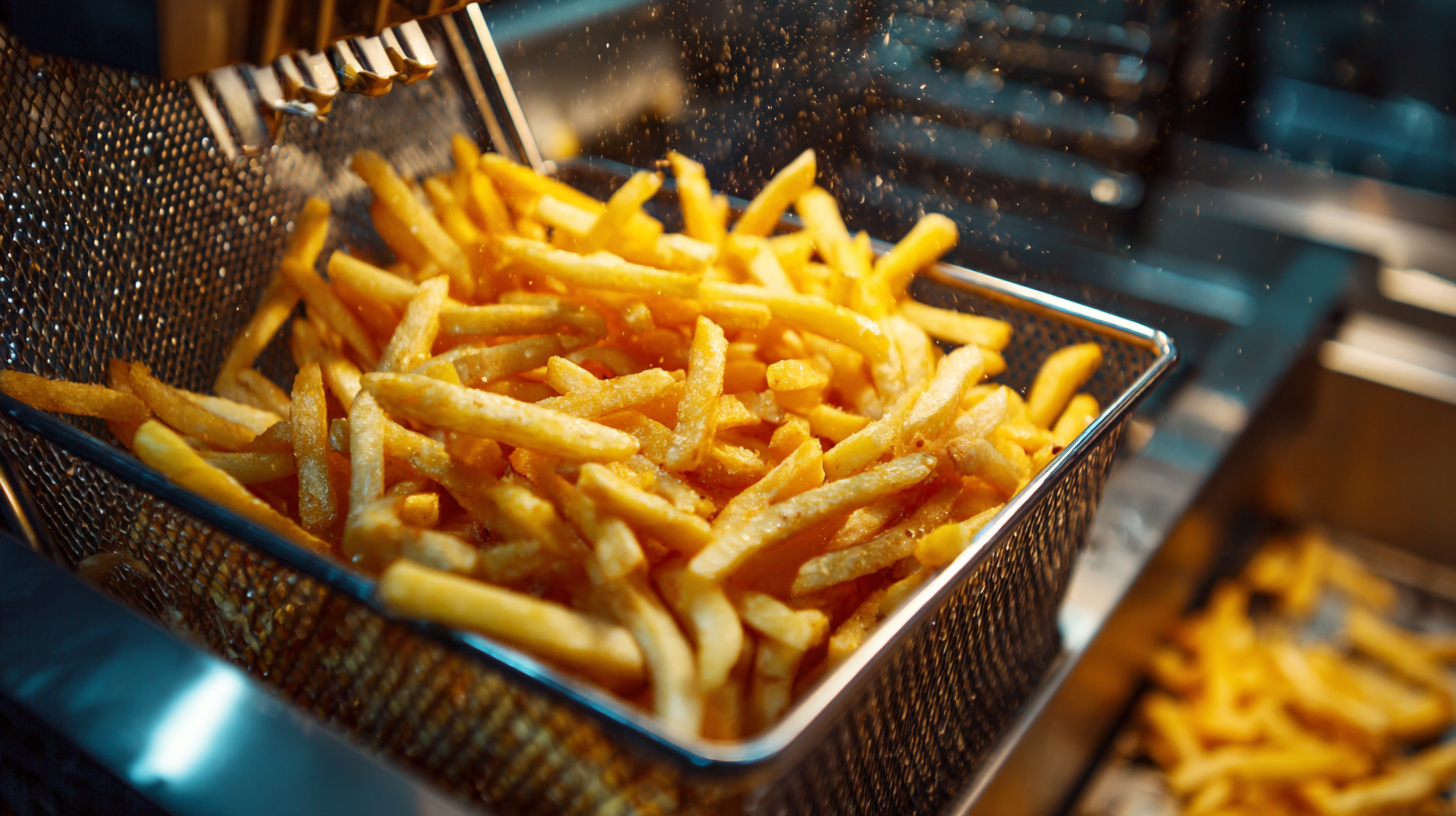
Another significant maintenance practice involves inspecting the blades for signs of wear and tear. Dull blades not only cut poorly but can also slow down the food preparation process, leading to increased labor costs. Scheduling routine checks and replacing blades when necessary will ensure that the fry cutter operates at its peak efficiency, thus reducing cutting time.
Additionally, training staff on proper handling techniques can further extend the life of the equipment, minimizing the risk of accidental damage during use. By prioritizing these maintenance practices, restaurants can achieve optimal performance from their fry cutters while managing labor costs effectively.
In recent years, many restaurants have turned to commercial French fry cutters to optimize their kitchen operations. A case study conducted by the National Restaurant Association illustrated that restaurants implementing these cutters can reduce cutting time by up to 75%. This significant time savings allows chefs to focus on other essential tasks, improving overall kitchen efficiency. For instance, a popular fast-food chain reported that by investing in an industrial-grade French fry cutter, they were able to prepare fries in bulk while maintaining consistency in size and cook time, ultimately enhancing their service speed.
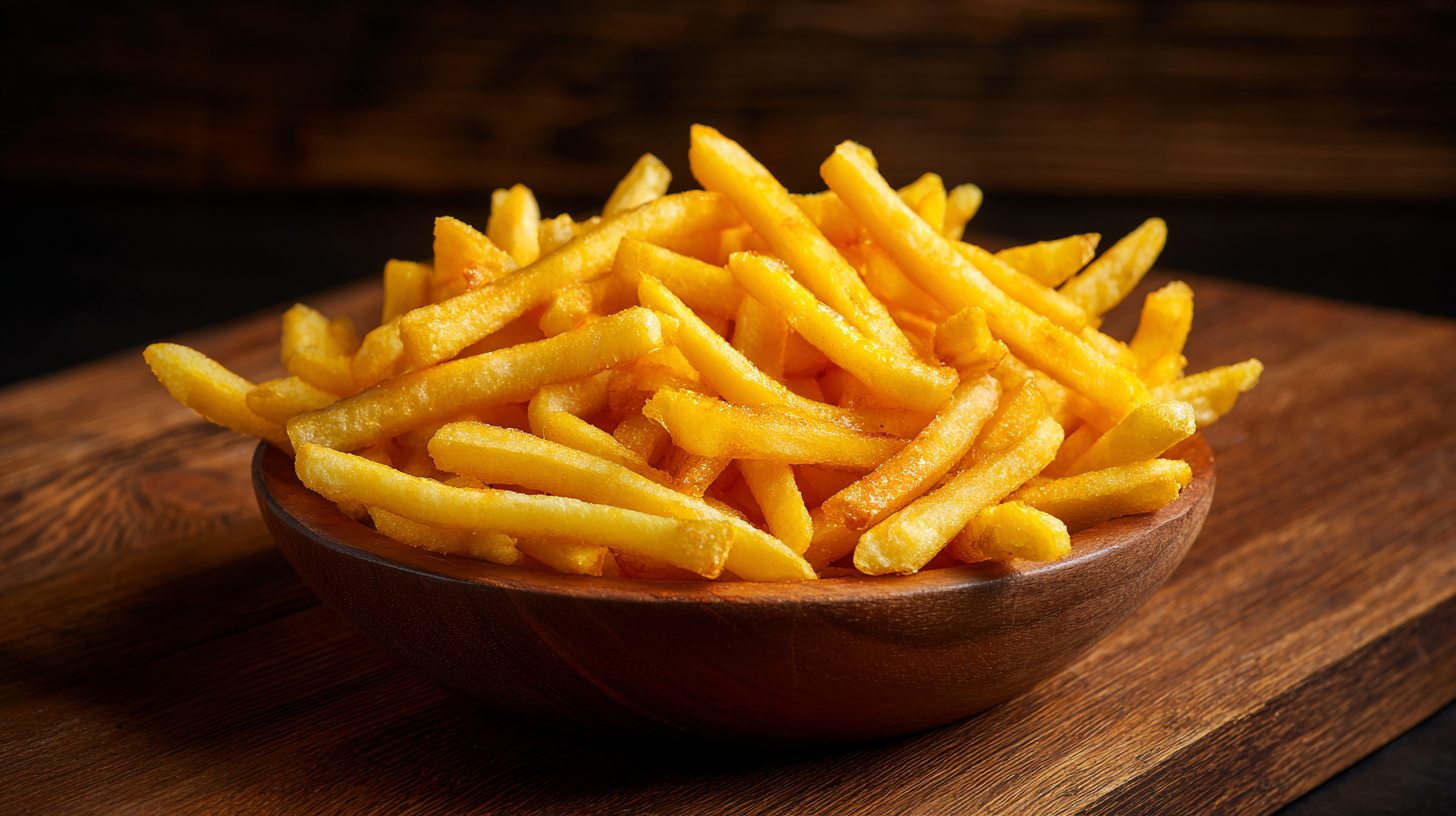
Moreover, labor cost savings are a crucial factor for many establishments. According to a survey from the Foodservice Research Institute, restaurants that utilize commercial food preparation equipment, like French fry cutters, can decrease labor costs by as much as 30%. This reduction is not only attributed to the minimized time spent on prep but also to the ability to operate effectively with a leaner staff. In one notable case, a mid-sized diner reported that the initial investment in a quality French fry cutter paid for itself within six months due to labor savings and higher turnover rates during peak hours.

